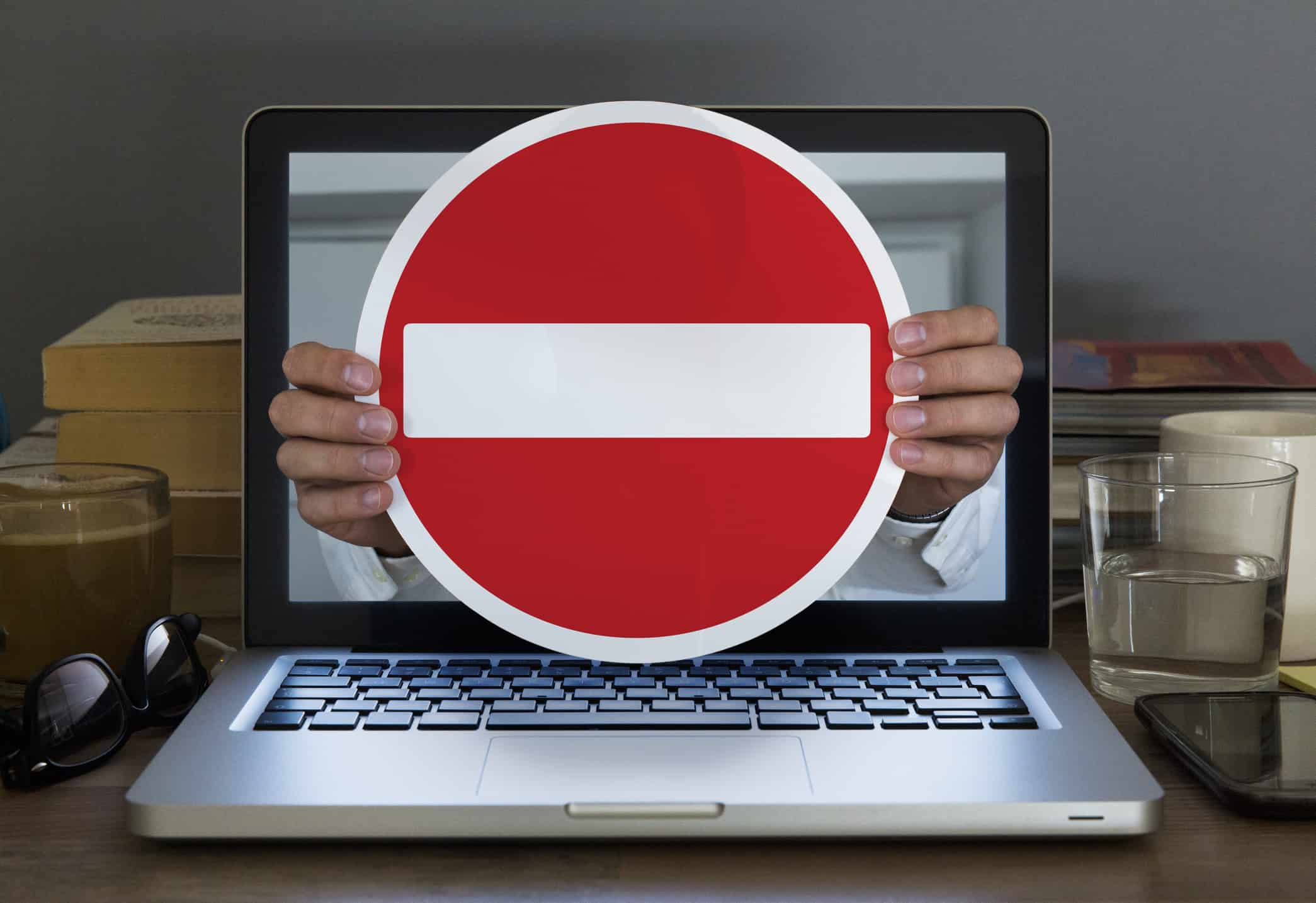Credit cards are supremely convenient tools – when they work, that is!
Picture this: you’re at a cash register with a purchase, credit card ready in hand, and expect things to go off without a hitch. Then, suddenly, the cashier informs you that your card has been declined (gulp!). The dreaded message no shopper wants to hear!
Whenever a credit card transaction fails, it’s always a bit of an unsettling experience. You may suspect that your card has been cancelled, or worse, that you’re a victim of fraud. Luckily, most of the time, the reason behind a declined transaction is not serious and doesn’t warrant any stress. And in most cases, you can resolve the issue in just a few minutes.
No matter the reason for your declined credit card, follow these three easy steps to bring it back to life.
Step 1: Stay calm and consider your options
While your credit card being declined may induce some anxiety, you should do your best to remain calm and focus on the task at hand: how you’re going to handle your purchase.
It’s unlikely you’ll figure out then and there why your credit card is being so stubborn. So consider an alternative payment method. Can you use your debit card? Do you have some spare cash handy?
If you have no other means of payment, and it’s not a time-critical purchase, it’s wise to postpone the purchase. There’s no point in getting flustered and desperately probing your brain for a solution. Live to fight another day!
Step 2: Review your card details
Do a quick checkup to see if you’ve mistakenly punched in the wrong numbers. It’s easy to accidentally switch digits, especially if you’re in a hurry or distracted by something.
Have a peek at the expiration date on your card, as well. If your card has recently expired, expect a new one to arrive in your mailbox soon, if it hasn’t already.
If you’re conducting an online purchase, ensure the card details on file with the merchant match any recent changes made to your billing information. You may have to do the same if you recently acquired a replacement card.
One last tip: if you’re using a new card, make sure it’s properly activated. You can usually activate your card through your online banking or your card provider’s mobile app.
Step 3: Contact your card provider
If none of the above resolved the issue, it’s time to contact your card provider and ask for assistance. Call the customer service phone number, conveniently listed on the back of your card. The agent will be able to identify the problem and inform you of the next steps to take.
Below are some commons reasons your card may have been declined:
You’ve reached your credit limit
Ask your issuer to verify if your credit limit has been lowered, which may occur if you use your card sparingly. You can also inquire if they can raise it to provide you with more of a spending cushion.
Your spending activity triggered a fraud alert
Credit cards have built-in safety measures to detect fraudulent activity. Transactions deemed suspicious will trigger the card’s fraud-detection system and freeze your account. Conducting a transaction abroad, making purchases incongruent with your typical spending patterns, or entering your card details too many times consecutively at checkout can trigger a freeze on your account.
To reactivate your credit card, you simply need to confirm the transaction’s validity with your card issuer.
You’re the victim of fraudulent activity
If genuine fraud is detected, your card issuer will deactivate it to prevent any further unauthorized charges. They will then cancel your account and issue you a replacement card. However, it’s up to you to dispute any fraudulent charges, which may entail working with your card issuer and the credit bureaus as well.
Your credit card account has been closed
Yup, your card issuer may be the culprit behind your declined transaction. They may have closed your account for a variety of reasons:
- You’ve missed too many payments
- You rarely used your card
- Your credit score has taken a dip, and you no longer qualify for the card
- You rejected a change in the terms and conditions of your contract
In most cases, your card issuer will cooperate with you to rectify the problem. Still, you’ll have to flex your negotiation skills. Be honest, polite, and courteous when speaking with your creditor’s representative. Propose a sensible plan to pay off any unpaid debts, set a fair credit limit, etc. By doing so, your credit card will be restored sooner rather than later.
And at the end of it all, if the right solution is to look for a new credit card, we have compiled a list of our top credit card picks for Canada.
 Act Fast: 75 Only!
Act Fast: 75 Only!


